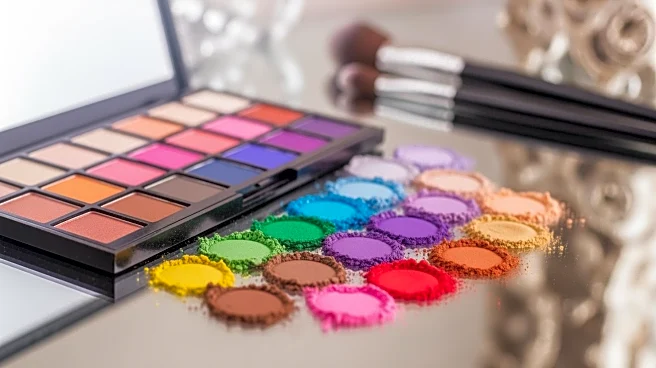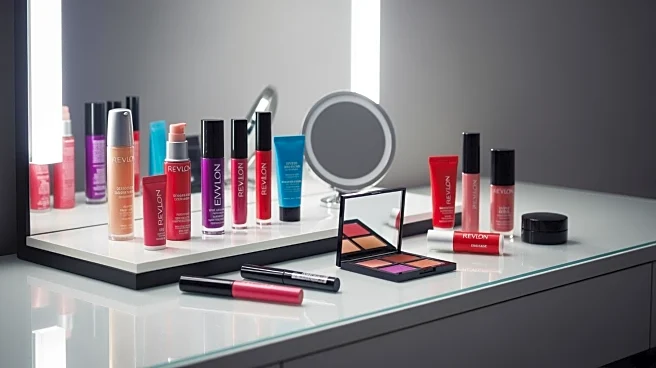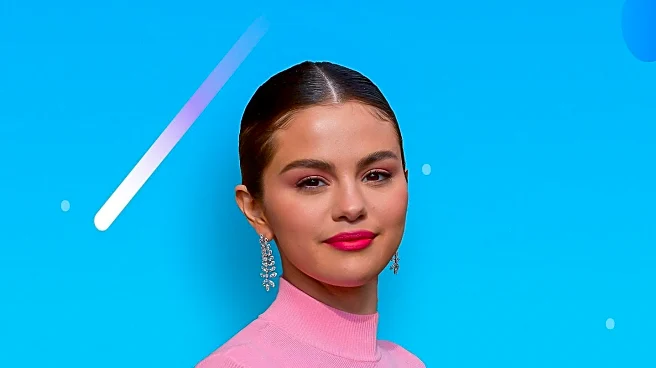What's Happening?
Revlon, a prominent name in the beauty industry, is on a path to recovery following its 2022 bankruptcy filing. Under CEO Michelle Peluso, the company is focusing on modernizing its legacy brands, such as Revlon and Elizabeth Arden, while maintaining
their historical appeal. This strategy includes embracing brand storytelling and innovation, with initiatives like the Glimmer, Shimmer, Shine collection. Financial stability is a cornerstone of Revlon's recovery, with the company managing its Days Beyond Terms (DBT) effectively, indicating a proactive approach to cash flow and liabilities. Despite challenges, such as competitive pricing pressures and a shift in beauty trends, Revlon is committed to revitalizing its brand and maintaining operational discipline.
Why It's Important?
Revlon's efforts to revitalize its brand and stabilize its finances are crucial for regaining market share in the competitive beauty industry. The company's ability to manage supplier payments and cash flow effectively is essential for maintaining trust with suppliers and ensuring operational consistency. As Revlon adapts to changing market conditions and consumer preferences, its success will depend on balancing cost-cutting measures with investments in innovation and marketing. The outcome of Revlon's turnaround plan will have significant implications for its market position and influence in the beauty sector.
What's Next?
Revlon's future success hinges on its ability to innovate and adapt to evolving consumer demands. The company must accelerate its responsiveness to trends and enhance its product offerings to resonate with a new generation of consumers. As Revlon continues its restructuring efforts, it will need to demonstrate sustainable growth and regain its market dominance. The next few years will be critical in determining whether Revlon can achieve its recovery goals and maintain its iconic status in the beauty industry.













